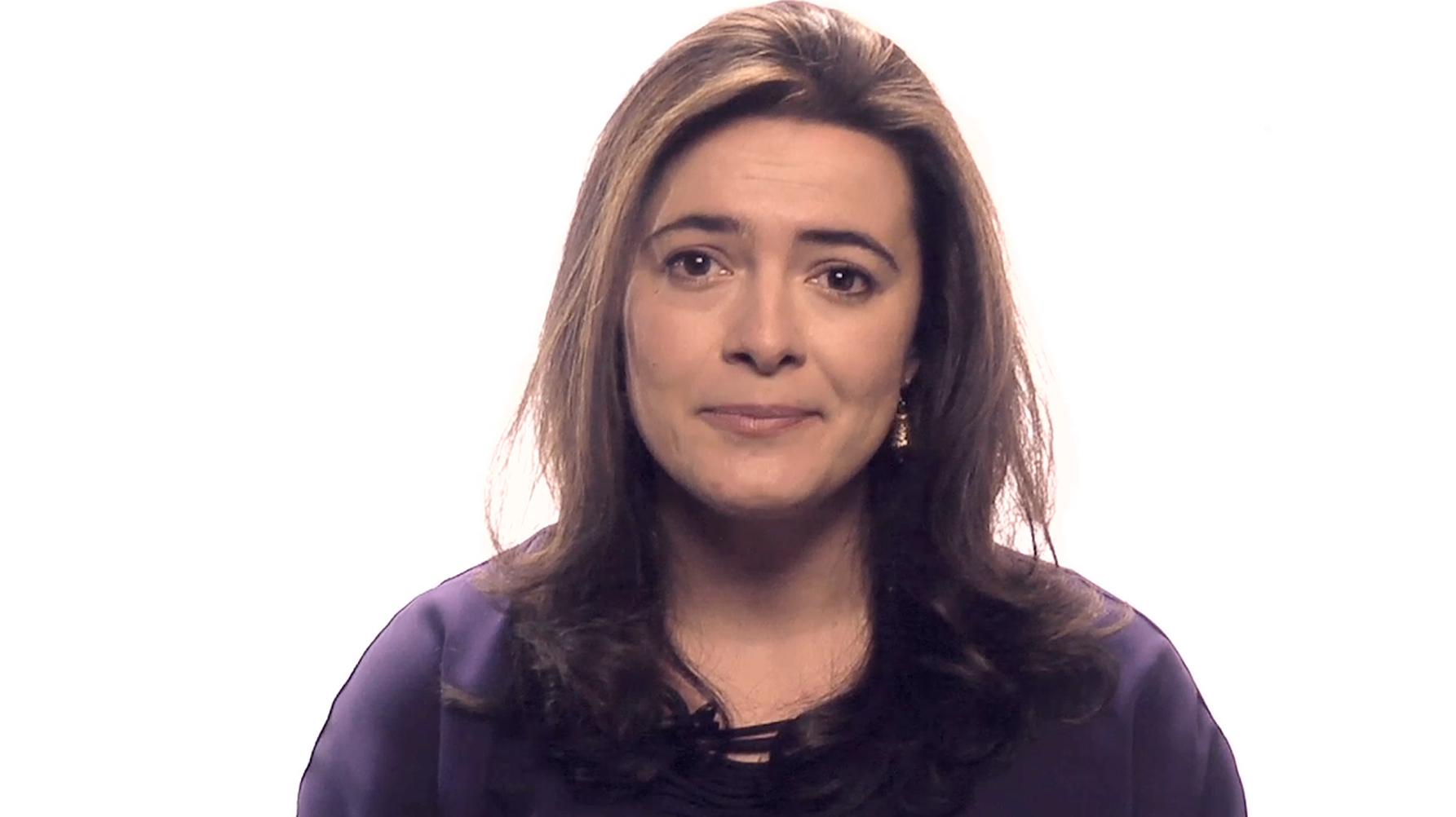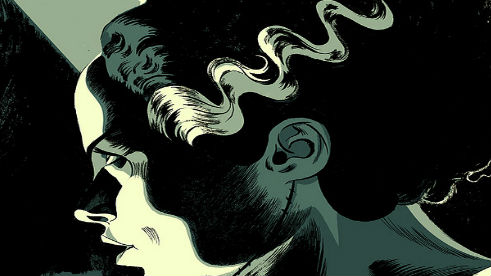Want Change You Can Believe In? That’s What Youth Rebellion is All About.

What’s the Big Idea?
When the mode of the music changes, the walls of the city shake, said Allen Ginsberg, who was paraphrasing Plato’s vision of a stable society governed by philosopher-kings. But what if the walls of the city are in need of repair? Then the disruption of the established order may not such a bad thing. It may even pave the way to a better world.
Tara Sophia Mohr works with women leaders in the social and business sectors on quieting self-doubt, clarifying purpose, and taking bold action – but, she says, “a lot of the tools that I use with women I actually think we need to be teaching girls at 12 and 13.” Empowering girls to become fearless adults starts with “a changed paradigm about how we see young people in general… as leaders, as change agents who are moving our culture forward.”
They need to know now that “the world isn’t finished yet” – that in fact, it is missing something. It “has a hole in it… shaped exactly like them, and only by sharing their own voice and bringing their unique gifts into the world will that hole be filled.”
Which is what youth rebellion is about. Ginsberg described the Beat Movement as “not a rebellion,” but “the nation itself… rebelling against human nature.” The epitaph is an interesting one because it seems to envision change instigated by young people as part of a grand, collective self-correction by humanity, rather than a struggle to overthrow any single specific institution. Protest is the way one generation tells another what it has overlooked.
It is messy, rowdy, disorganized – and an essential component of human progress. Occupy Wall Street, for example, may appear to have more in common with someone’s best impression of the PBS series The Sixties than with the coordinated activism of successful labor movements, but for all the stern talk regarding the lack of specific demands, the image of thousands of bodies gathered together in one historically-charged space says something.
It is the job of the experienced to guide the young to think critically about the problems they see around them, instead of asking them politely to shut up. According to Mohr, that means actively “teaching [young women] what their strengths are,” so that they can arrive at the “awareness of the specific talents that they have” that will allow them be the change they want to see in the world.
British philosopher Nina Power has observed: “When young women feel they are no longer held back by their gender, that they can take on any job, that they are more likely to do well in education than their male peers, that they don’t have to think of themselves as wives and mothers first, one outcome is an increase in political confidence.” But which comes first, rebellion or empowerment?
Being secure in your identity frees you to be confident about your politics, but perhaps the reverse is equally true: that as young people share their unique point of view through civic participation, they will learn how to construct an identity that they can believe in. Afterall, the first question that is asked of every adult these days – by the president, by your spouse, by your boss – is, What do you have to offer?
What’s the Significance?
In this first video, Tara Sophia Mohr gives advice for mentoring girls who are fighting against the subtle forces of media and messaging – the critical inner voice that says “you can only be as “powerful [as you] are given social permission to be.”
Women have come a long way – “in the developed world, thankfully we’re not fighting a fight for basic access to education,” she says. But “if people in the developed world understood what is going on in the undeveloped world,” they would mobilize.
Today, October 4th, is the start of a blogging campaign which will bring together more than 1,000 bloggers around the globe to do exactly that. Spearheaded by Mohr in partnership with the Girl Effect, the bloggers are united around the idea that investing in girls is the solution to help communities out of poverty and and put an end to human rights abuses. The aim of the campaign is to spread awareness about the challenges faced by girls in the developing world. Check it out here.



